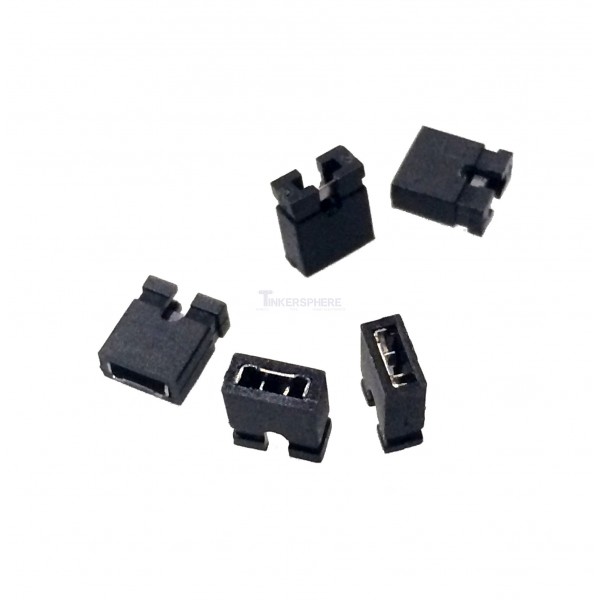And where and in what would you need such a form of stability that also needs to be configured, where you would not just be better off with a fixed resistor?A pot is not the same as a fixed resistor in terms of stability.
I think this is wishful thinking because you can get "precision" (which for the purposes of argument I'm going to say is 1% or less) through-hole resistors en masse for under a penny. Less than half a cent for 5% tolerance. Do you recall the precision and stability for these?Wrong. SFRs were pulled from the market long before resistors became inexpensive. If they were still viable, it is not beyond reason that their machine produced large quantities would be competitive with fixed resistors.
Ratch
I think those are all moot because they are heavily outweighed by cost per part and size (PCB real-estate also costs money) in mass production.I don't think so. Your argument on raw cost alone does not take into consideration the convenience of one unit being the able to substitute for several different resistor values, or having to go to the trouble of maintaining a stockpile of resistors.
Even hermaphroditic B2B connectors are shockingly rare and yet they have none of the previously outlined drawbacks of the SFRs with regards to cost, size or space. You don't even need to add any complexity a lot of the time to make them hermaphroditic because they already have so many bits and pieces to them...that you just have to rearrange the existing parts, more or less. There's practically zero downside to them.
Then you would be best just e-mail Bourns and asking. Because the way I see it, there are plenty of reasons why they would not be viable on the market if they were introduced right now. I also have doubts about your claims that resistors may have been expensive enough in the past to warrant such a thing.That is what I would like to find out. It is possible that economics was not the reason. Perhaps they were not as stable or trouble free as a discreter resistor would be. I don't know, but it would be interesting to find out.
Ratch
Not the least of which is that they do not lend themselves to mass assembly, not only because of cost and size but also because the way they need to be configured. You would need to mask them in a separate operation (which is tricky since they aren't level with the board) and then run them through the process a second time. Or have some poor sucker sitting there configuring them all.
Last edited:


